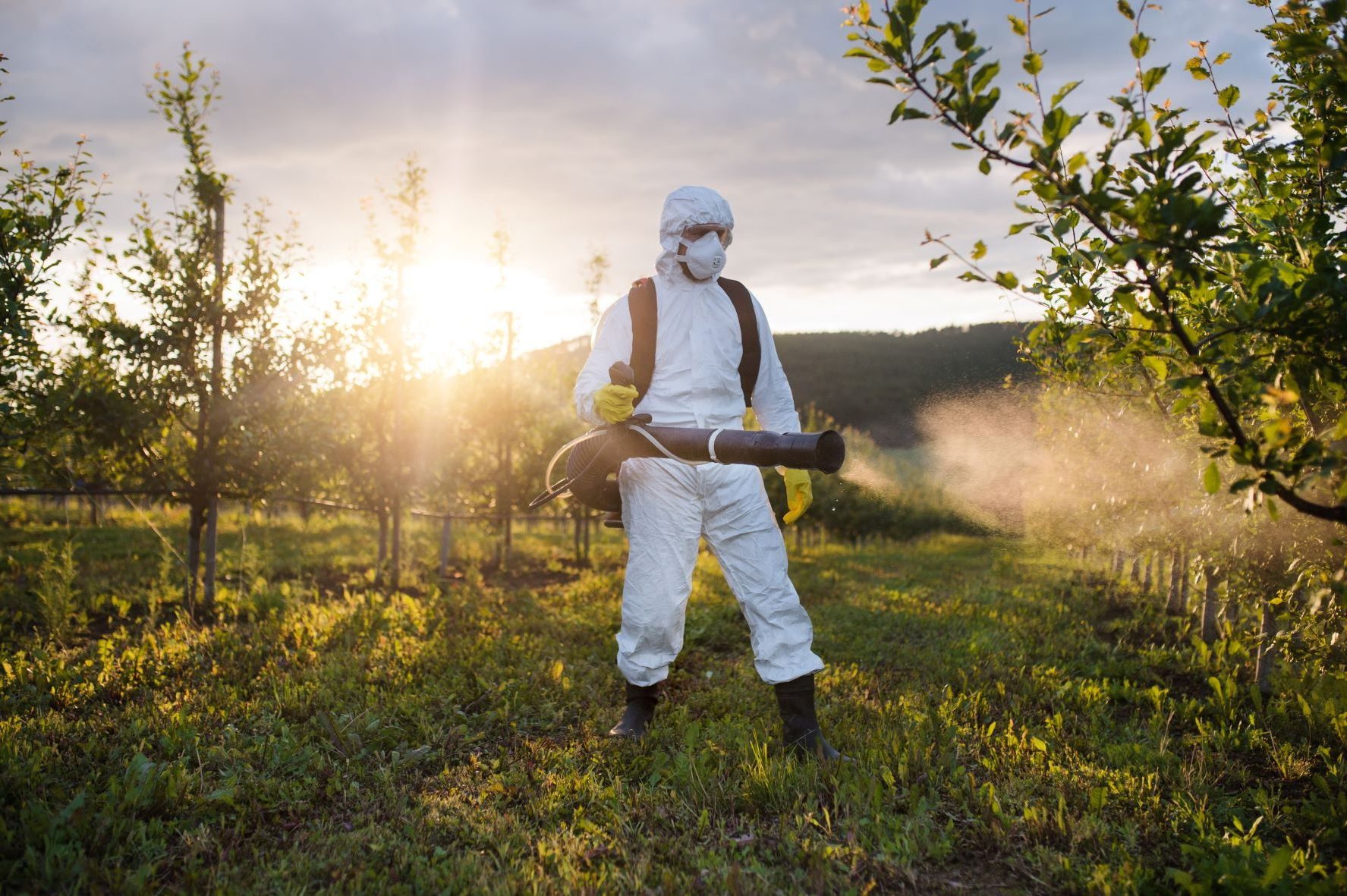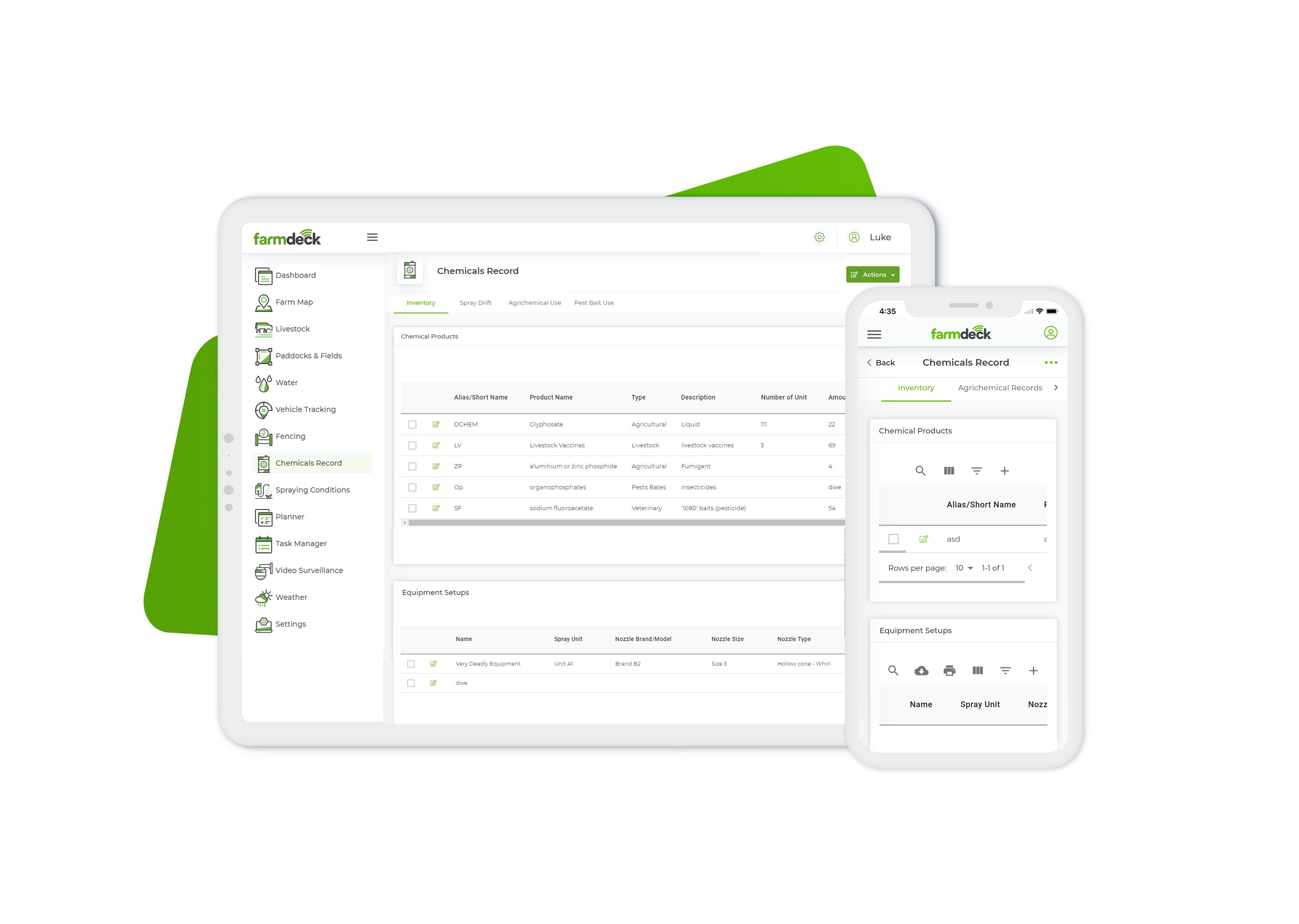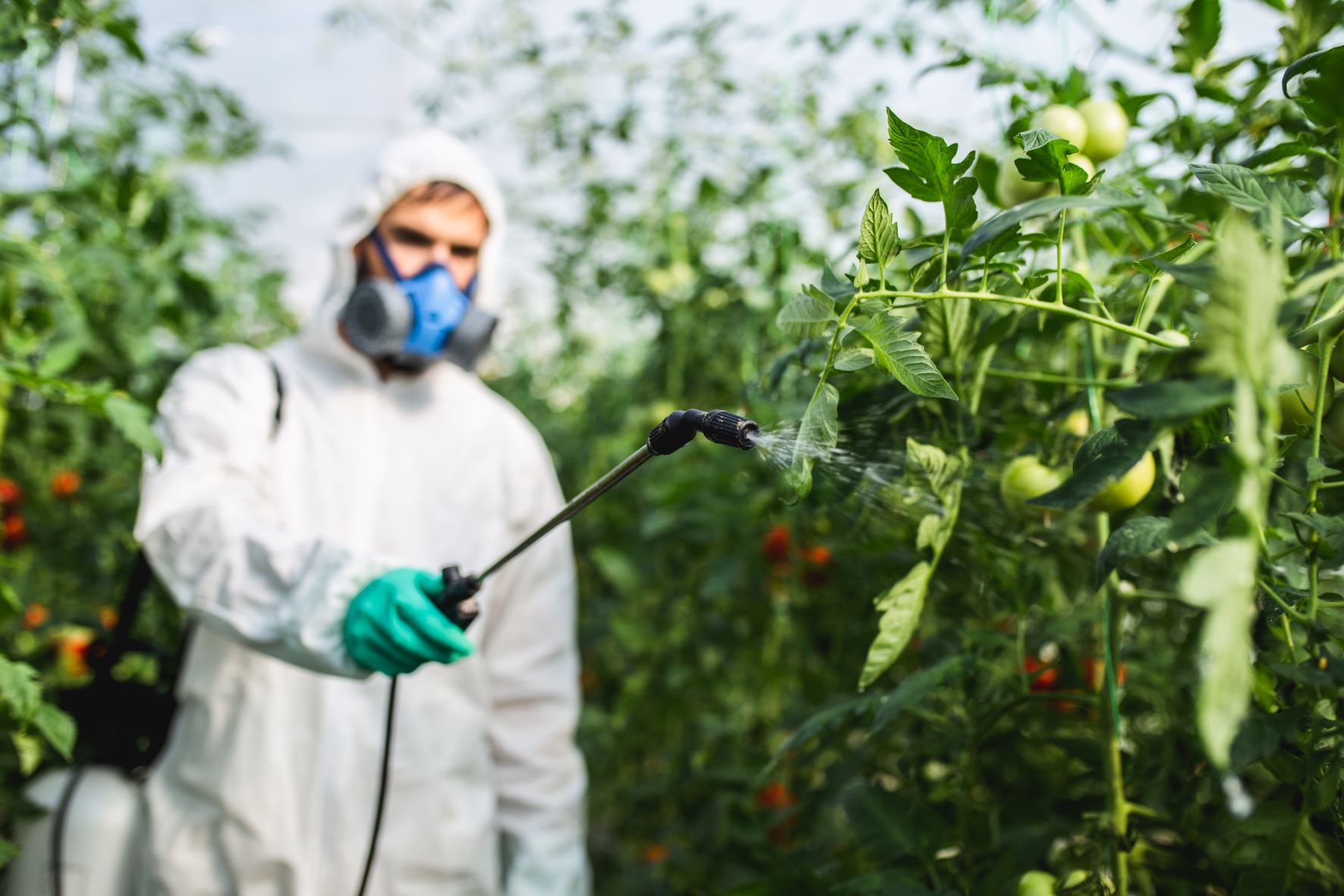Minimise your exposure to agrichemicals and its detrimental affects on your health by taking proactive steps
Dealing with pesticides and herbicides may be an everyday or weekly occurrence as these are extremely beneficial to your crops as they not only get rid of unwanted pests, but they also give additional nutrition to your plant life. You do, however, need to be careful when handling any chemical, even one that you’re used to using. The handling and use of chemicals on farms should not be taken lightly – these can be dangerous if not handled, stored, transported, or disposed of correctly. While many farms may use different chemicals based on their size and operations (crops vs livestock, or both), the most common chemicals used in agriculture are herbicides, pesticides, and fungicides, including veterinary chemicals – and each should be handled with caution.
When using these agrichemicals (chemicals used in agricultural operations), it is imperative that you follow the use and storage instructions and not get too commonplace. Something as small as vapour exposure can lead to anything from short-term to long-term side effects. Victoria government funded online portal, Better Health Channel, which provides health and medical information to improve the health and wellbeing of people and communities, says that the side effects due to chemical exposure, however slight that exposure may be, can include headaches, poisoning, chemical burns, birth defects, nervous system disorders, skin irritation, respiratory disorders and even some type of cancers.
It goes without saying that the type of chemical and degree of exposure affect your health differently. If you experience any health effects after dealing with agrichemicals, you need to seek medical attention immediately. Below we discuss how to safely handle and store chemicals.
How to safely handle chemicals
Always read the instructions
Review the chemical manufacturer’s safety data sheet (SDS). These are documents that contain information about hazardous chemicals, such as name, ingredients, and properties (and manufacturer’s details), and also outlines protective measures and safety precautions for the handling, storing, and transporting of the specific chemical. All chemicals should come with an SDS upon purchase. Store this in a safe place so that you can easily refer back to it as a reference when needed.
Protective clothing
This may sound obvious but wearing the right kind of clothing while handling chemicals is so important. You may think it’s time-consuming to change your clothes during your daily routine, but you can greatly reduce risk of exposure to chemicals and other ill health effects caused by exposure by simply changing your clothes into protective clothing.
Australia’s agriculture news website, Farming Ahead, explains that by being aware of the dangers of the chemicals you are handling and by using the right equipment (including clothing), “handling, mixing and applying chemicals for cropping and livestock can be made safer”. The right kind of protective clothing will protect you from both chemical spray or vapour, protect the eyes, skin, lungs, and mouth, and prevent absorption into the body. Rather be over cautious than expose any part of your body to the ill effects of chemical absorption. While certain parts of your body are more high risk, absorption can also occur through the scalp, forehead, forearms, hands (palms), abdomen and feet. Full body protective clothing is ideal when handling agrichemicals: Chemical-specific overalls, waterproof apron, head gear, PVC gloves and boots.

After your activity with any chemical, it is vital to wash your protective gear so that no residue remains – washing separate from normal laundry to avoid cross-contamination. The news website further explains that “chemicals can be absorbed through inhalation, through the skin, ingestion or through eye contact; pesticides can also contaminate the surrounding air, water and food”. This is why you need to ensure that your chemicals are stored in a secure location, one that is away from livestock, crops and daily farming operations.
Safe Work SA highlights how to properly handle and use chemicals, and how to prevent injuries and harm from chemical exposure in a five-part educational video series.

Keep updated records
With Farmdeck’s Chemicals Record feature you can improve your record keeping by logging your chemical details and usage information all in one place. You can record all the chemical you use on your farm, as well as keep a historical backlog of chemicals used over the years, helping you to be compliant with agriculture regulations. This feature is extremely useful if you are requested to undergo an LPA audit and need to quickly find your chemical records.
You can also record spraying equipment setups, including nozzle mode and size, boom height, and system pressure.
Additional resources
Safe Work Australia recommends referring to your specific state work health and safety authority for additional advice on agrichemicals. Click on the states below to be directed to your relevant authority:

Keeping your farm safe and compliant
Speak to us to learn more about our Chemicals Record feature and our other IoT features that can help create a more efficient farm management solution for you. Our team is constantly working on new features that will help make farmers’ day-to-day easier. Take a look at our Features page to see what we’re currently working on.
